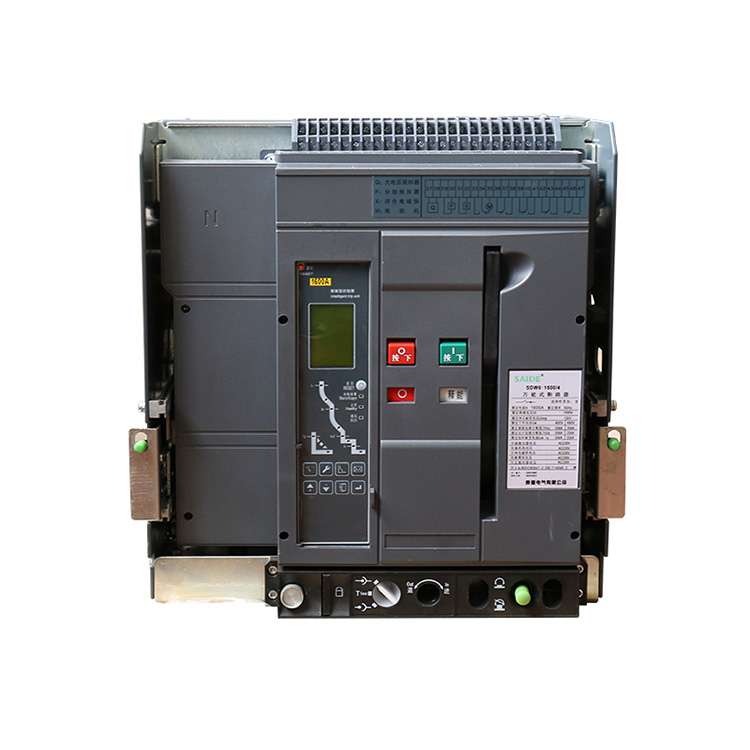Characteristics of Air Circuit Breakers
2023-10-17
An Air Circuit Breaker (ACB) is an electrical switching and protection device used in low-voltage and medium-voltage electrical systems to control and protect against overcurrents, short circuits, and other electrical faults. ACBs are commonly employed in industrial, commercial, and distribution applications where they serve as important components for safeguarding electrical equipment and circuits.
Here are key features and characteristics of Air Circuit Breakers:
1. Operating Principle: ACBs operate on the principle of using compressed air to interrupt the flow of electrical current when a fault occurs in the circuit. The compressed air is used to quench the electric arc that forms when the contacts open.
2. Construction: ACBs are typically housed in a metal enclosure that contains the necessary components, including the contacts, arc chutes, operating mechanisms, and control circuits. The arc chutes are designed to facilitate the extinction of the electric arc when the contacts separate.
3. Current Rating: ACBs come in various current ratings, ranging from hundreds of amperes to several thousand amperes. The current rating indicates the maximum current-carrying capacity of the breaker.
4. Voltage Rating: ACBs are designed for specific voltage levels, and they should be selected based on the nominal voltage of the electrical system they protect.
5. Trip Units: ACBs are equipped with trip units that provide overcurrent protection. These trip units are adjustable and allow users to set specific current levels at which the breaker will trip. Some ACBs also offer protection functions like short-circuit protection, ground fault protection, and thermal overload protection.
6. Breaking Capacity: The breaking capacity of an ACB refers to its ability to safely interrupt a fault current without damage. ACBs should have a breaking capacity suitable for the fault levels in the electrical system.
7. Operation: ACBs can be operated manually using a control handle, remotely through control circuits, or automatically in response to electrical fault conditions. They offer features like under-voltage release and shunt release for enhanced control and safety.
8. Protection Coordination: ACBs are often used in combination with other protective devices, such as fuses and relays, to achieve coordinated protection and selective tripping of electrical circuits. This ensures that only the faulty section of the circuit is isolated.
9. Arc Interruption: ACBs use compressed air or other arc-quenching methods to extinguish the electric arc formed when the contacts separate. This prevents the arc from damaging the contacts and surrounding equipment.
10. Applications: ACBs are commonly used in power distribution systems, motor control centers, substations, and other electrical installations where they provide protection and control for motors, generators, transformers, and various industrial and commercial loads.
11. Maintenance: Regular maintenance is essential to ensure the proper functioning of ACBs. This includes cleaning, lubrication, inspection of contacts and insulation, and testing of trip units.
Air Circuit Breakers play a critical role in electrical safety and system protection. Their ability to quickly and reliably interrupt fault currents helps prevent electrical fires, equipment damage, and electrical hazards. Proper selection, installation, and maintenance of ACBs are essential for their effective operation in electrical systems.



